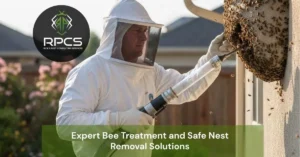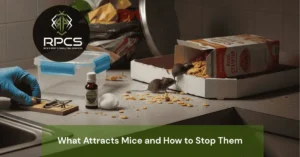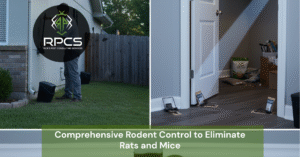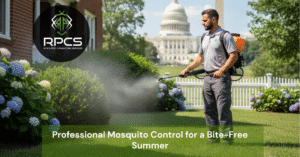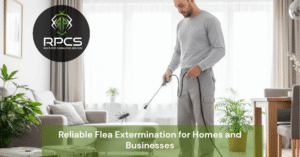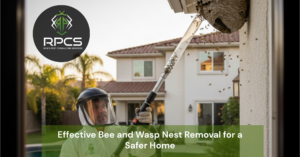Bees are essential to our ecosystem, playing a crucial role in pollination and biodiversity. However, when a bee colony sets up a nest too close to human activity, like in your attic, wall, or garden, it can pose challenges. Rather than exterminating these pollinators, eco-friendly bee nest removal methods focus on safe, humane relocation. This guide explores how to remove bee nests responsibly while ensuring their protection and continued contribution to the environment.
Why Avoid Harmful Bee Removal Methods?
Using pesticides or harsh removal tactics not only harms the bees but also disrupts the local ecosystem. Bees are already facing threats due to habitat loss, pesticide exposure, and climate change. Eco-conscious removal preserves their numbers and aligns with sustainable practices. Moreover, killing bees can be illegal in many regions, especially if they’re protected species.
Step-by-Step Eco-Friendly Bee Nest Removal Process
1. Identify the Type of Bee
Before taking any action, it’s important to determine whether you’re dealing with honeybees, bumblebees, or wasps. Only bees should be handled with relocation in mind; wasps and hornets are different insects and often require separate treatment.
How to tell:
- Honeybees form visible hives, usually with wax combs.
- Bumblebees nest in the ground or cavities, forming smaller colonies.
- Wasps/hornets have papery nests and are more aggressive.
If unsure, contact a local bee expert or pest control professional who specializes in eco-friendly methods.
2. Contact a Professional Beekeeper or Bee Removal Service
DIY removal is not recommended due to safety and legal reasons. Certified beekeepers and ethical removal services:
- Use non-lethal methods to extract and relocate bees
- Have specialized tools like bee vacuums and transport hives
- Know how to handle the queen bee without disrupting the colony
These experts typically rehome the bees to farms, apiaries, or protected reserves.
3. Use Bee Vacuums and Soft Relocation Tools
Professional removers often use low-suction bee vacuums that gently collect bees without injury. Once collected:
- Bees are placed in temporary containment hives
- The nest or comb is carefully removed and preserved
- The queen is identified and secured to ensure colony unity
These steps help keep the hive intact and the bee population stress-free.
4. Relocate the Nest to a Safe New Habitat
After collection, the bees are transported to a new home, often provided by a beekeeper. The new location:
- Is far from urban areas
- Has access to pollen, water, and shelter
- Is protected from future disturbances
Sometimes, the original nest structure (like a honeycomb) is reinstalled to ease their transition.
5. Seal Entry Points and Prevent Future Nests
Once bees are safely relocated, it’s essential to prevent re-infestation. Eco-friendly prevention includes:
- Sealing cracks and holes in walls, roofs, or eaves
- Installing wire mesh over vents and chimneys
- Planting bee-attracting flowers away from the house to redirect bees
- Using natural deterrents like citronella or cinnamon near nesting areas (without harming bees)
These steps keep both bees and humans safe without resorting to harmful chemicals.
What NOT to Do
- Do not spray insecticides or attempt to burn the nest.
- Do not block the nest entrance; this can trap bees and make them aggressive.
- Do not remove the nest during peak activity (warm afternoons); early morning or evening is safer.
Avoiding these mistakes can protect both the colony and your household.
Benefits of Eco-Friendly Bee Nest Removal
- Protects pollinators vital for agriculture and ecosystems
- Promotes sustainability and biodiversity
- Complies with laws protecting endangered bee species
- Prevents structural damage to property in a safe way
- Improves public perception and responsibility toward nature
Final Thoughts: Coexistence Over Extermination
Bees are not our enemies. In fact, they’re among our most critical natural allies. When nests are too close for comfort, responsible and eco-friendly removal is the best way forward. By working with professionals and avoiding harmful chemicals, we can ensure both human safety and the preservation of these incredible pollinators.

